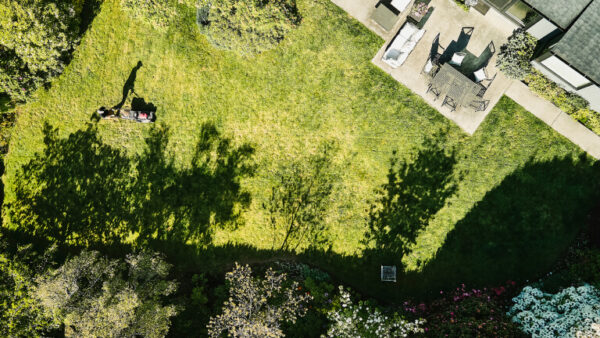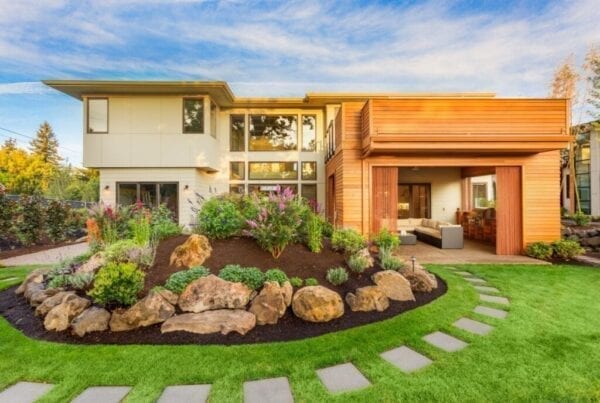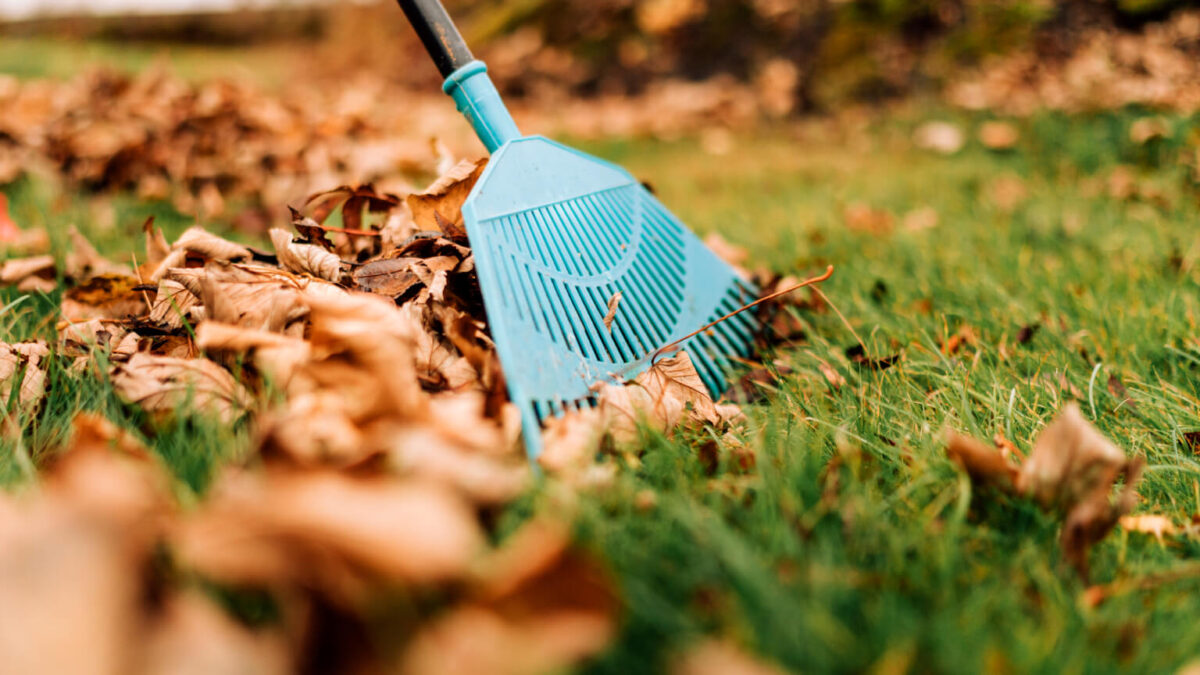Keeping a Lawn Green Without Constant Sprinkler Use
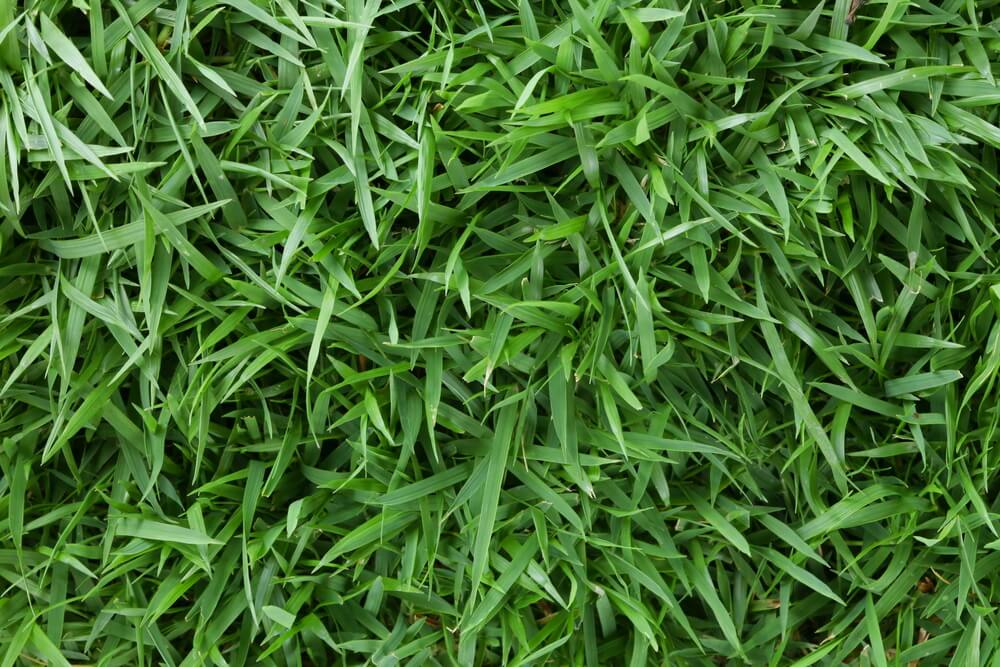
Depending on where you live, you may have noticed droughts seeming worse. Droughts are notoriously common, with anywhere from 20 to 70 percent of U.S. land area experiencing abnormal dryness at any given time between 2000 and 2015, according to the EPA. And depending on how bad drought conditions in your area get, you could have water use restriction laws. These affect how much you’re able to water your lawn and might make it hard to keep your green lawn intact.
Drought restrictions aren’t the only reason to use your sprinklers less frequently. Another main reason is that you could want to save money. According to EPA’s WaterSense, the average American family of four used 400 gallons of water per day as of 2003, and 30 percent of that went to outdoor use. Over half of outdoor use went to watering lawns and gardens. So that’s over 60 gallons of water each day, on average, that you may be devoting to your green lawn and garden.
Luckily, there are many ways to get a yard that you don’t have to pay to water constantly. By choosing drought-resistant plants, using your own collected rainwater and designing a landscape that needs limited water, you can get a drought-resistant yard in a few weeks. Costs could range in the thousands to professionally re-landscape a yard to around a couple hundred dollars for a rain barrel irrigation kit. But when you don’t have to water as much, those costs could eventually be offset by savings in the water bill.

Drought-resistant grass for a green lawn
An easy way to keep your lawn green is to find grass that is more tolerant of dryer conditions. Some grass varieties come from wetter areas, so they need more water to look nice. But other types of grass are native to drier areas. With these, you’ll need less water to keep a green lawn. Some drought-tolerant grasses include:
- Kentucky bluegrass
- Buffalograss
- Kikuyu grass
- Seashore paspalum
- Zoysia grass
- Augustine grass
- Tall Fescue
These are just a few ideas. You might want to talk with a professional landscaper to see how different drought-tolerant grasses will work with the climate in your area.
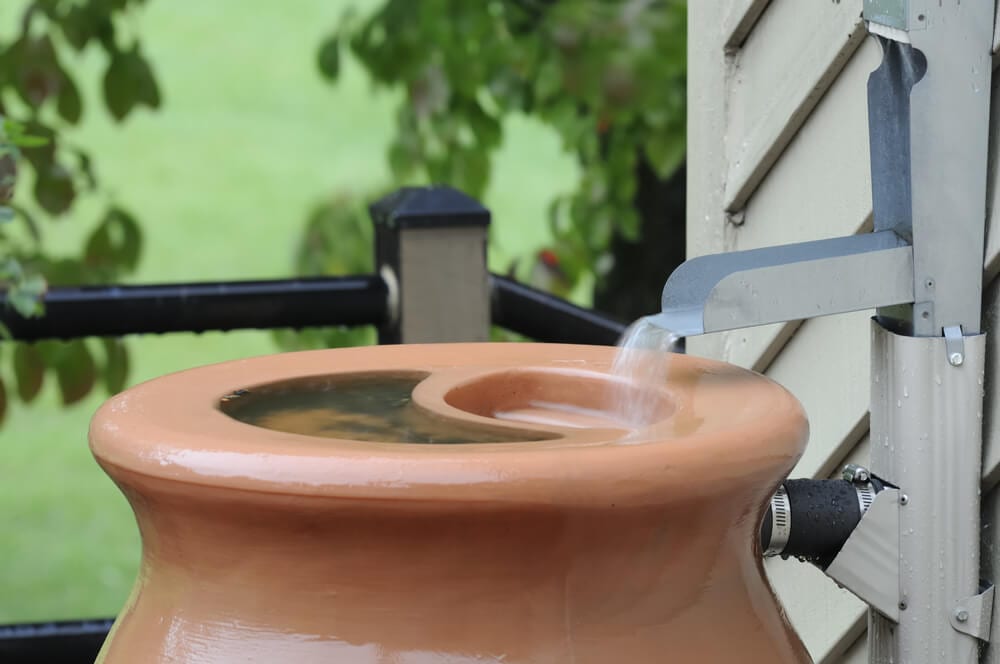
Use your own water supply
Another idea for keeping a green lawn is to use your own water supply. Water literally just falls out of the sky, of course, so why not harness that? Rain barrels are easy enough to place right under downspouts, and then you can just fill up the watering can from there.
There are also kits you can buy that will help you run an irrigation system from a rain barrel right out to your garden. These usually involve attaching a water hose to the base of the rain barrel, which you then hook up to a timed sprinkler, soaker hose or another type of irrigation attachment.
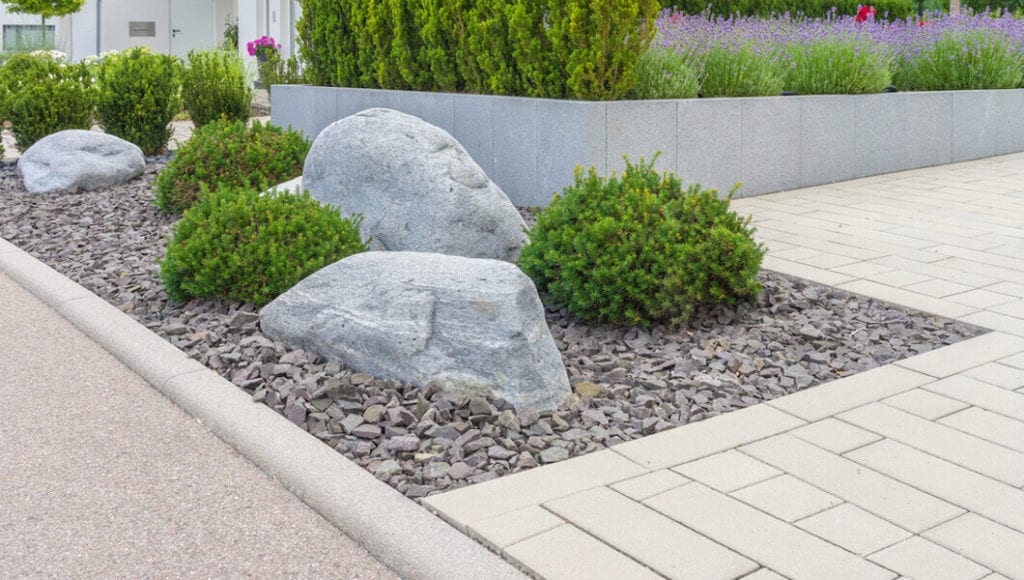
Design a landscape with limited lawn spaces
Another idea is to redo your yard so that it has a smaller green lawn in the first place. There are many attractive ways to get a yard that doesn’t have as much high-maintenance grass. Some ideas include:
- Groundcovers: These are plants that, as the name suggests, offer low and full coverage over the yard. Examples include hostas, rockrose plants or creeping barberry.
- Native plants: If you’re in a dry region, look into choosing plants that are native to your area. These will thrive just fine in dry conditions since they’re from the area.
- Decorative grasses: There are types of long grasses that do well with less water and in patchier arrays that don’t need mowing, such as blue panic grass.
- Stone/Hardscape: The ultimate in low-maintenance, decorative stone works well next to walkways and among other drought-resistant plants. You could use loose colored stones, stepping stones or gravel. You might also look into designs that create more patio space with minimal accents of plant life.
And remember, choose a low-water landscape that fits with your style preference. If you still want lush plant life everywhere, for instance, native plants and rainwater systems can help you keep things natural. However, hardscapes can be good for people who enjoy little yard work and a more urban appeal. Alternatively, you don’t even have to give up your green lawn if you choose the correct grass. These ideas leave plenty of room for personal style.

